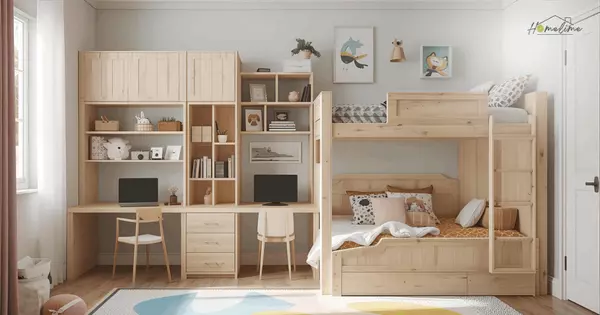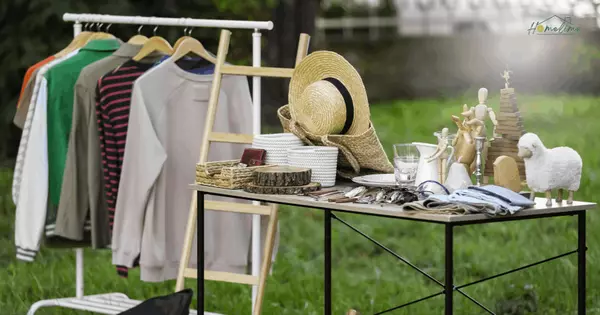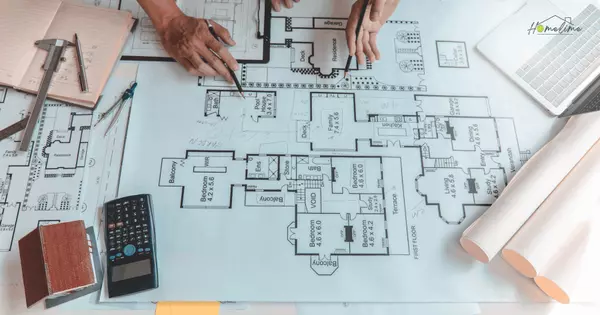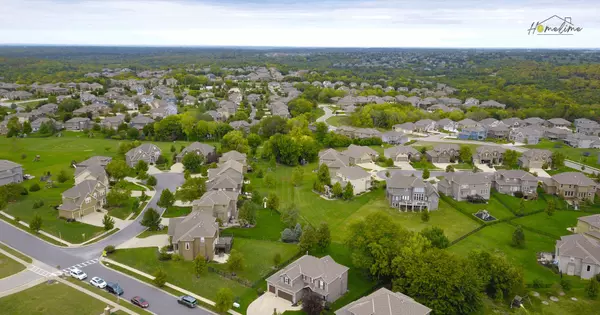Transform Your Backyard into a Child-Friendly Oasis
Creating a child-friendly backyard is a wonderful way to encourage outdoor play, creativity, and family bonding. With thoughtful design and safety considerations, you can transform your backyard into a fun and secure space for your children. Here are some tips to help you design a child-friendly backyard.
1. Prioritize Safety Safety is the most important aspect of a child-friendly backyard. Ensure the space is secure and free from hazards. Here are some safety tips:
- Fencing: Install a sturdy fence to keep children within the yard and prevent them from wandering off.
- Soft Surfaces: Use soft ground materials like grass, mulch, or rubber mats under play equipment to cushion falls.
- Safe Play Equipment: Choose age-appropriate, sturdy, and well-maintained play structures.
- Supervision Areas: Designate areas where adults can comfortably supervise children.
2. Create Zones for Different Activities Divide your backyard into different zones to accommodate various activities. Consider areas for:
- Active Play: Include swing sets, slides, climbing structures, or a trampoline for physical activity.
- Quiet Play: Set up a sandbox, water table, or a small garden for sensory play.
- Creative Play: Provide a space for arts and crafts, like a chalkboard wall or an outdoor art station.
- Relaxation: Create a cozy corner with seating, shade, and books for quiet time.
3. Incorporate Natural Elements Nature can be a great playground for kids. Incorporate natural elements to stimulate their senses and creativity:
- Plants and Trees: Plant child-friendly, non-toxic plants and trees that can provide shade and opportunities for exploration.
- Water Features: Consider adding a small, safe water feature like a fountain or a shallow stream for sensory play.
- Rocks and Logs: Use large rocks or logs for climbing, balancing, or as seating areas.
4. Provide Ample Shade Ensure there are shaded areas in your backyard where children can play without being exposed to direct sunlight. Use trees, pergolas, shade sails, or umbrellas to create cool spots. This will help protect kids from sunburn and heat-related issues.
5. Choose Durable and Safe Materials Select materials that are durable, weather-resistant, and safe for children. Avoid sharp edges, toxic paints, and materials that can splinter or break easily. Opt for equipment and furnishings specifically designed for outdoor use and child safety.
6. Encourage Physical Activity Encourage kids to be active by providing equipment that promotes physical exercise:
- Swing Sets and Slides: Classic options that provide hours of fun.
- Climbing Walls: Install a small climbing wall to develop strength and coordination.
- Obstacle Courses: Set up a mini obstacle course with tunnels, hurdles, and balance beams.
7. Foster Creativity and Imagination Inspire creativity and imaginative play with versatile play areas:
- Playhouse or Fort: Build a simple playhouse or fort where kids can engage in pretend play.
- Garden Area: Create a small garden where children can plant flowers, vegetables, or herbs.
- Outdoor Art Station: Provide easels, washable paints, and chalk for outdoor art projects.
8. Ensure Accessibility Make sure your backyard is accessible to children of all ages and abilities. Consider adding ramps, wide pathways, and sensory play elements to accommodate kids with different needs. Inclusivity is key to creating a welcoming and fun environment for all children.
9. Include Storage Solutions Keep your backyard tidy and organized with adequate storage for toys, tools, and equipment:
- Toy Bins and Boxes: Use weatherproof bins and boxes to store outdoor toys.
- Sheds and Cabinets: Install sheds or cabinets to keep larger items and gardening tools out of sight and reach.
- Hooks and Racks: Use hooks and racks for hanging bikes, helmets, and other gear.
10. Involve Your Kids in the Design Process Get your children involved in the design process. Ask them about their preferences and ideas for the backyard. This not only makes them feel included but also ensures that the space reflects their interests and needs.
By following these tips, you can create a child-friendly backyard that offers a safe, fun, and stimulating environment for your kids to enjoy. A well-designed backyard can provide endless opportunities for outdoor play, learning, and family memories.
Recent Posts










GET MORE INFORMATION


